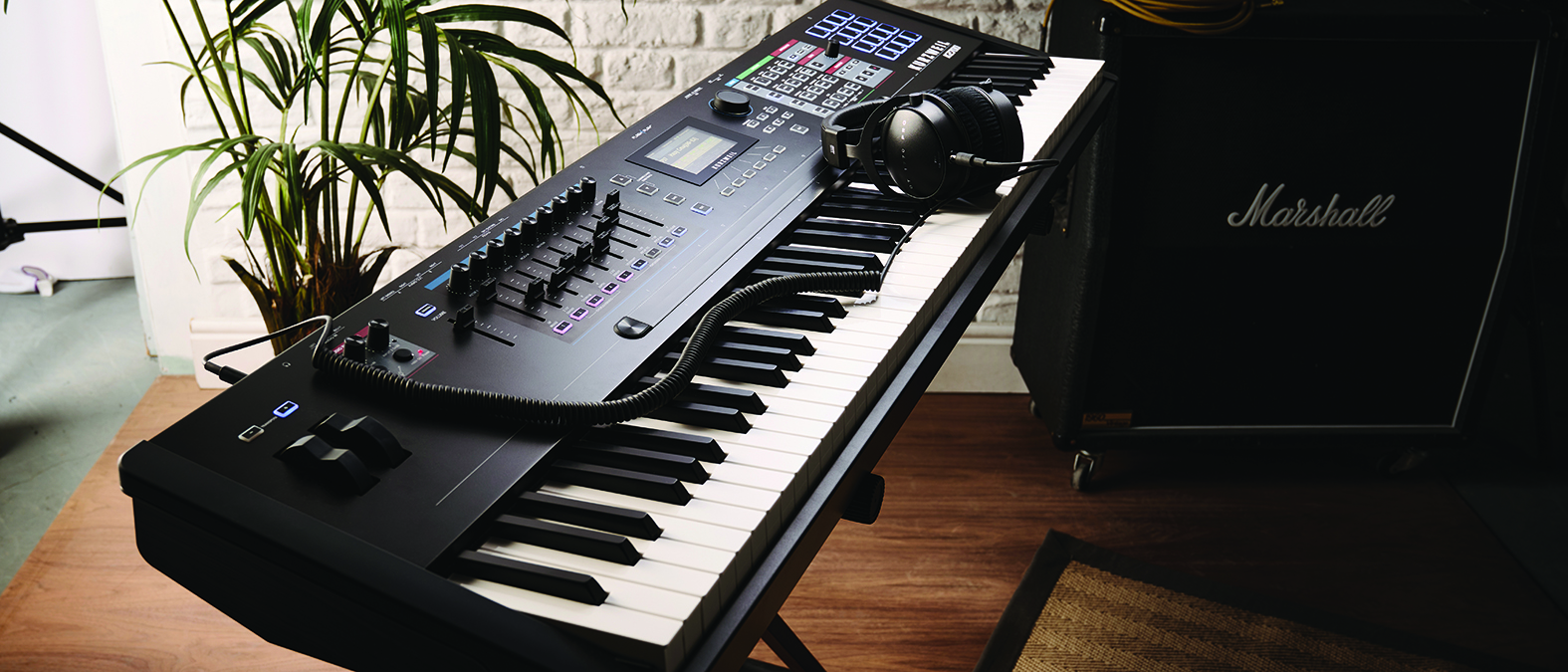MusicRadar Verdict
A performance tool that continues to impress, through unrivalled real-time control and multiple tone generation systems.
Pros
- +
Very high specification professional controller and workstation keyboard, which is a total joy to play.
- +
The immediacy of control over patches is a boon for live and session-based performances.
- +
Enormous bank of impressive sounds, from electronic to acoustic, with an inbuilt sequencer and arpeggiator.
Cons
- -
Some of the sounds feel a little dated, in contrast to the classier onboard examples on offer.
- -
It’ll take a while to get to know! The OS goes deep… and keeps on going!
MusicRadar's got your back
Kurzweil K2700: What is it?
Not many companies hold the reputation of Kurzweil; it has made high-end keyboards and modules since 1983, thanks to its founding fathers, Stevie Wonder and Ray Kurzweil. The brand has always held a sonic identity, with pianistic requirements, musicians and performers at the very heart of its design.
The K2000 Workstation, which could be considered the K2700’s great grandparent, was released in 1991. It was an immediate hit, thanks to its innovative Variable Architecture Synthesis Technology, known as VAST to friends. This synth engine remains aboard the K2700, but now increased to an enviable polyphony of 256 voices. This is not the only synth engine in town though, with the welcome return of the KB3 ToneReal engine handling classic organ and Hammond patches. Meanwhile, the sampled content has also been increased substantially, with 4.5GB of factory samples included, and another 3.5GB of user allocation, should you want to load your own pre-edited samples.
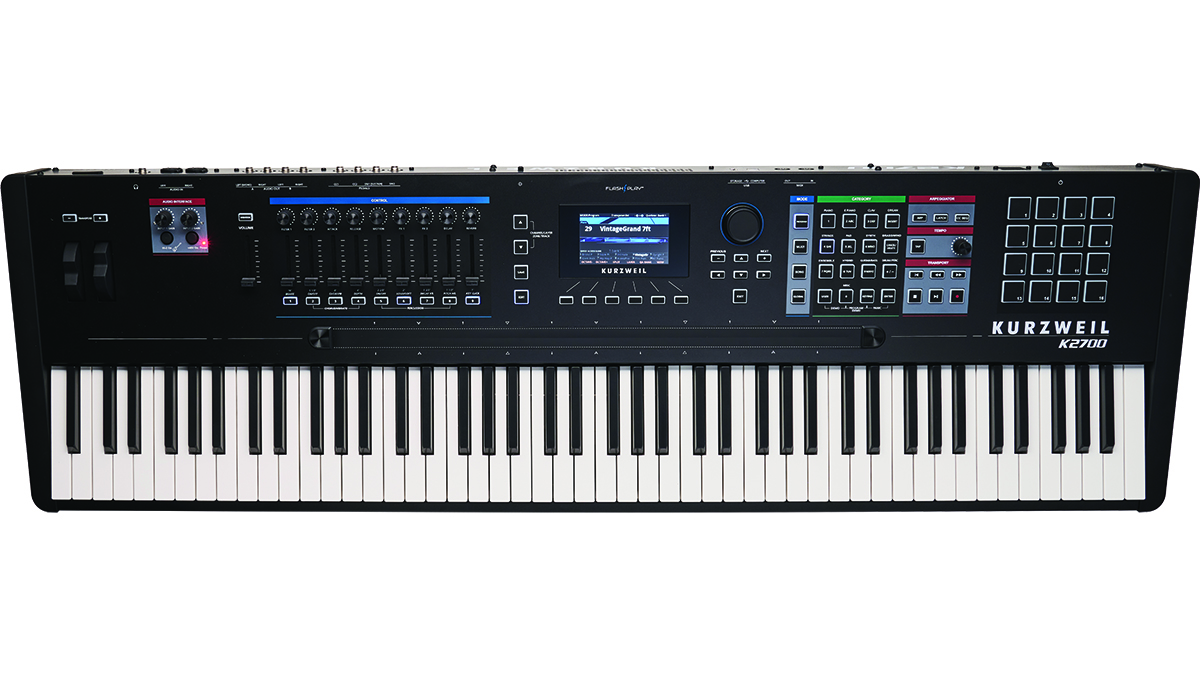
There’s a nice, large display located centrally on the K2700, but regrettably not a touchscreen, reverting to the familiar buttons underneath menus, that adapt to reflect your direction of OS travel.
There’s also a Virtual Analog engine with powerful anti-aliasing oscillators, emulating classic VCOs from subtractive classics, and a true six-operator FM synth engine, for recreating Yamaha DX-style patches. It also goes further, by allowing samples to be used as operators. The inclusion of FM is unexpected, as DX-style sounds seem to fade in and out of popularity rapidly, but there’s undeniable capacity for exploration.
Kurzweil K2700: Performance and verdict
With so much synth and sampling technology at source, how does this break down? Before we answer that, it’s important to discuss the K2700’s place in the production food chain.
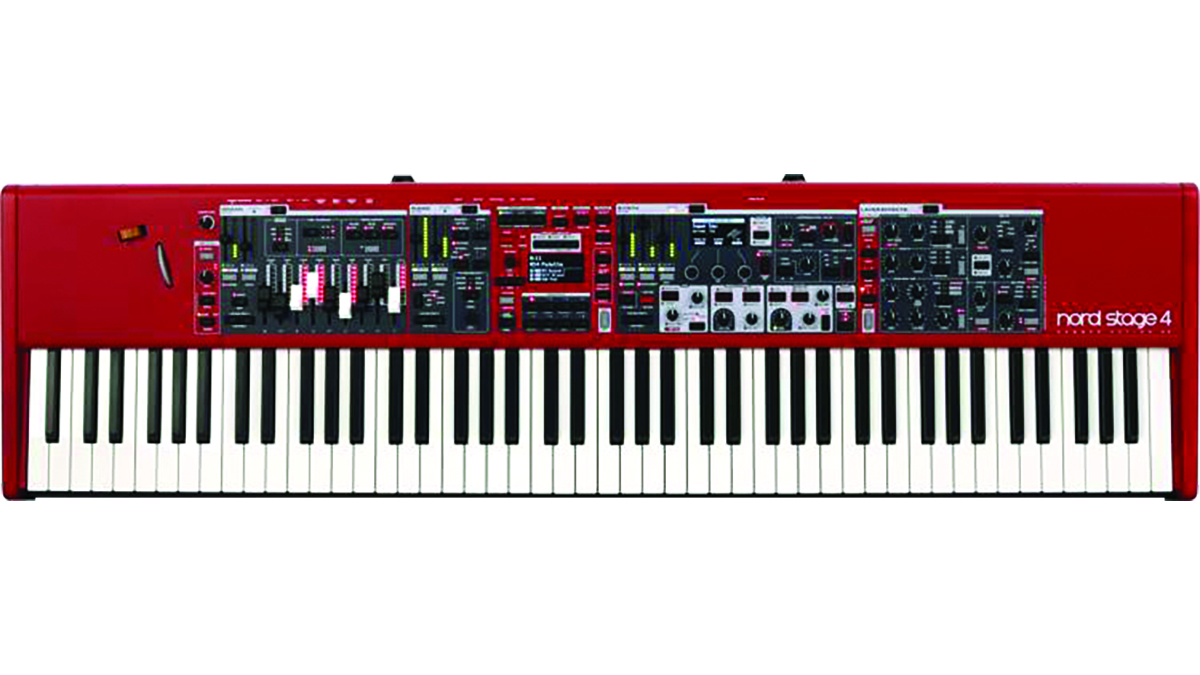
• Nord Stage 4 88
The Nord Stage 88 is stacked full of pianos, electrics and organs. It’s sonically a class act, though it lacks the Workstation sequencing element.
• Korg Nautilus 88
The updated Nautilus now provides full aftertouch, along with complete Workstation functionality.
• Roland Fantom-8
Roland’s take on the workstation provides an engaging and sonically rewarding top-flight keyboard.
We’re all used to switching on a synth for the first time, and being obliterated by a complicated patch, with more identity than your mix can handle. Because of the K2700’s slant toward the professional arena, it doesn’t do this, but what it does do is provide a plentiful supply of categorised patches. Moreover, from a player’s perspective, access and control of these patches is quick and easy, in part thanks to a scroll wheel and previous/next buttons standing close to the display, but also thanks to 16 category buttons, which move you straight to the sound category you require. With plenty of user patch provision, and the ability to create multis, it’s an 88-note workhorse.
It all begins with pianos; there’s a ton of variety, but in some cases, it feels like the lily has been gilded. Don’t get us wrong, many inclusions portray a wonderful sense of depth, with an overall brightness that will settle beautifully in a mix. But some examples are pure solo, with mid-register bumps in frequency content, that may well need some EQing to sit in your mix, unless you’re going completely solo with your piano. The good news is, if something doesn’t fit your bill, there will be something else that will, and you can always tweak the sonic characteristics, under the hood.
Moving to the electric pianos, the collection is vast, including Rhodes, Wurlys, CP-80s and extending into the FM realm. In all cases, the EP patches benefit from the impressive effects section, which demonstrates capacities from basic phasers to full-on tube crunches. Arguably, some of these go so far you’re unlikely to locate a home for them any time soon, but one person’s DI Rhodes, is the next person’s amped and miked cabinet, with a small stone phaser.
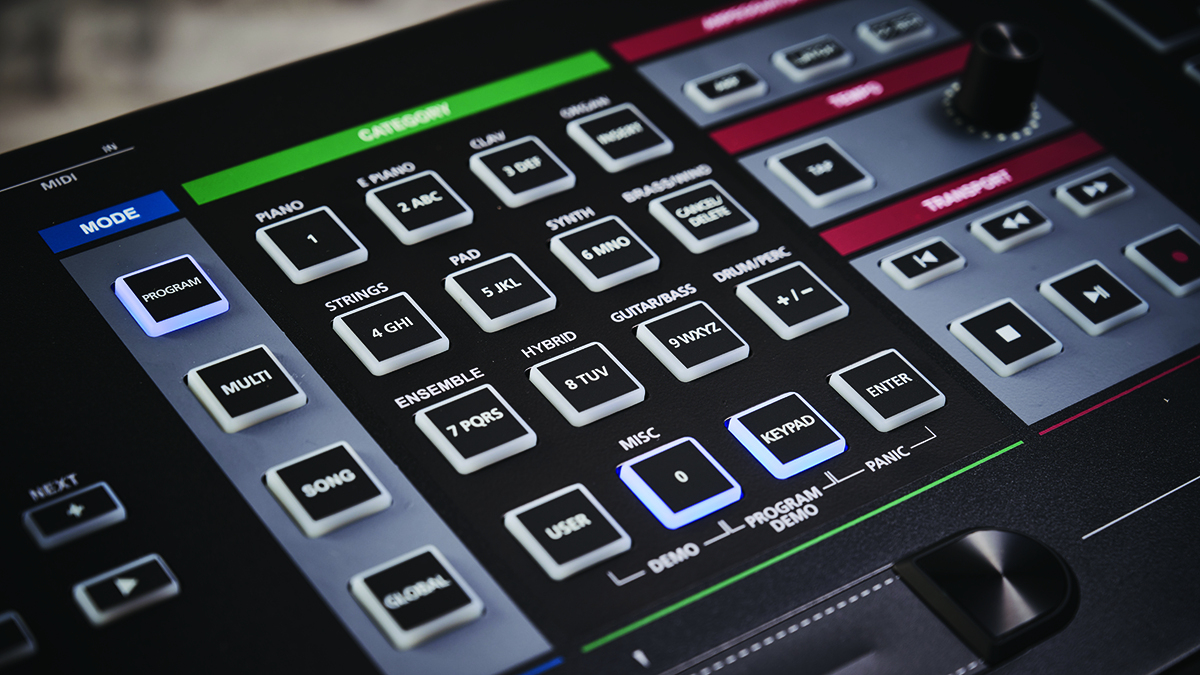
In the Organ category, the KB3 ToneReal awakens, with an über-realistic collection of Hammonds and affiliated styles of organ. It’s here that the nine controller faders provide direct drawbar control, as you play. Superb in sound, with exemplary levels of live control.
Some of the more rewarding sounds are found with the synth and pad sections, with the latter providing a very rich tapestry of content. In all instances, the synthetic patches supply immediacy, through access to elements such as the filter, again via the assignable faders.
Moving back to the acoustic domain, there’s a lot of acoustic string content, with the ensemble orientated patches being the most successful by far, especially when blended with instruments such as piano. The wind and brass fair less well, with the latter being notoriously difficult to pull off in sampled form. Place alongside other instrumentation though, and the brass will offer a passing resemblance, but use solo and the mask will drop fairly quickly.
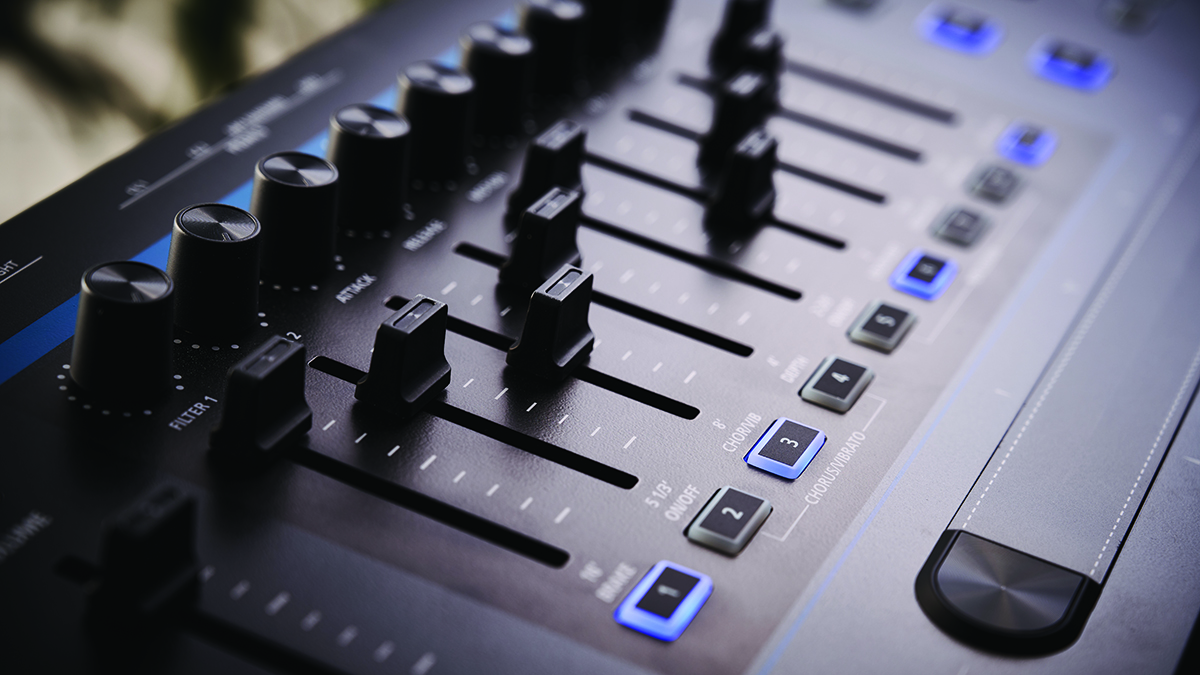
The K2700 has a huge task on its hands; it makes no bones about being a workstation, with some very substantial live performance tools to hand. It’s fully equipped with the capacity to record and produce up to 16 tracks internally, with an onboard USB interface, for connecting mics, lines and guitars. Operating as a tracking sequencer is pleasant enough, but it will feel tortuous if you are used to a DAW environment. It raises the question, why not just connect the K2700 to your DAW via USB, for both MIDI and audio?
As a performance controller, armed with a formidably extensive set of sounds, it’s a pro-level act that serves brilliantly. It’s quite heavy as a gigging keyboard, but that’s the price for 88-notes of fully-weighted action, and while your back might not thank you, your hands most definitely will, from the moment you start playing.
MusicRadar verdict: A performance tool that continues to impress, through unrivalled real-time control and multiple tone generation systems.
Kurzweil K2700: The web says
"It’s a gorgeous polysynth with immense sound‑design possibilities. If you’re a fan of the Kurzweil sound, you have to check it out."
Sound On Sound
Kurzweil K2700: Hands-on demos
Kurzweil Music Systems
Andertons Synths, Keys and Tech
PianoManChuck
Sweetwater
Kurzweil K2700: Specifications
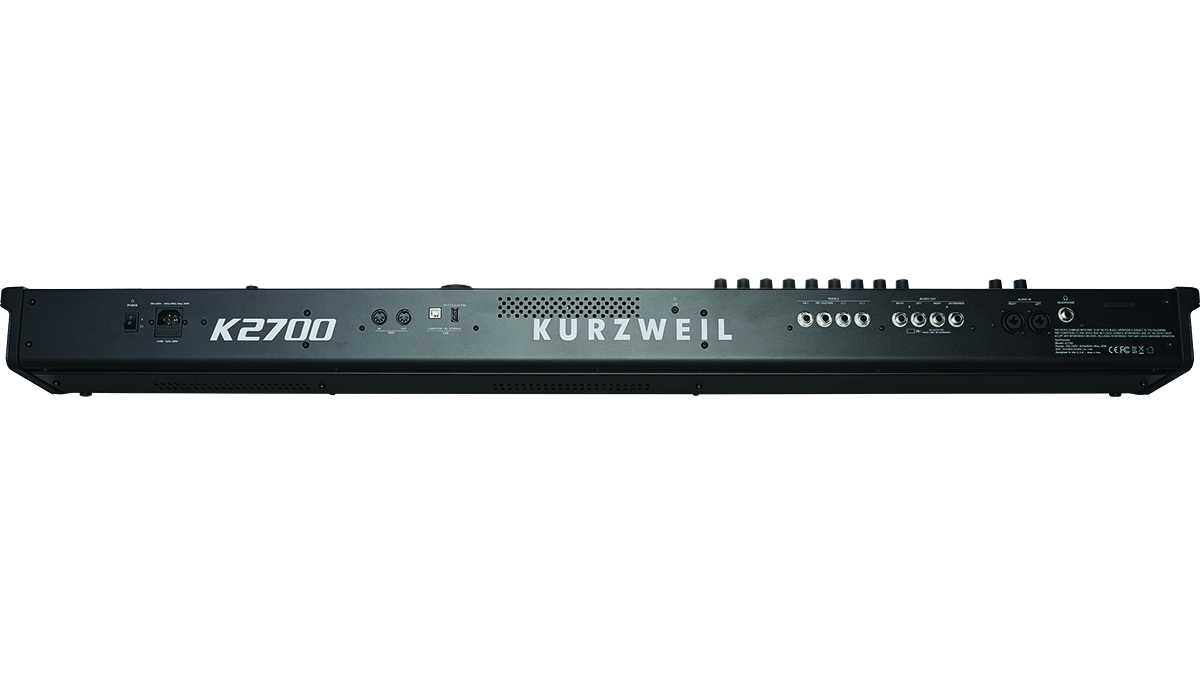
- 256 note polyphony
- 88-note, fully-weighted Italian keybed
- Ribbon controller and fully assignable faders, pots and buttons
- Onboard synth and sample-based engines, with 3.5GB of user RAM allocation
- 2 x Stereo outputs, with onboard USB audio interface, MIDI via USB & 5-pin connector
- DIMENSIONS: 1295 x 393 x 139mm.
- WEIGHT: 24kg.
- CONTACT: Kurzweil
“I can write anything... Just tell me what you want. You want death metal in C? Okay, here it is. A little country and western? Reggae, blues, whatever”: Yngwie Malmsteen on classical epiphanies, modern art and why he embraces the cliff edge
“We’re still avoiding him to this day... we would just despise him after a while”: Flaming Lips' Wayne Coyne is not a Billy Corgan fan
“KIKI BOY 2025”: Frank Ocean appears to be teasing something... or other
